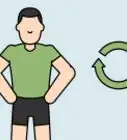This article was co-authored by Peter Fryer and by wikiHow staff writer, Christopher M. Osborne, PhD. Peter Fryer is a tennis writer and coach based in Derry Northern Ireland. He completed his professional teaching tennis qualification shortly after finishing university and has been teaching tennis for over 13 years. Peter began Love Tennis Blog in 2010 and contributes to the BBC and national media outlets.
This article has been viewed 38,733 times.
You use your hands throughout the day every day, but you may not think about exercising them to make them stronger. However, by doing simple hand and wrist exercises, you can improve your flexibility and grip, making day-to-day tasks that much easier. Hand strengthening exercises may also be helpful if you're recovering from an injury or have a condition like arthritis, but consult with your doctor or a physical therapist first.
Steps
Flexing Your Fingers and Hands
-
1Touch your thumb to your palm, then extend it. Hold your arm out so that you're looking at your palm with your fingers extended. Tuck your thumb in so that it's in full contact with your palm—your thumb tip should be near the base of your pinky. Hold this position for 5-10 seconds, then extend your thumb to the starting position.
- Complete 10 repetitions (reps), then switch to your other hand. Do 3 sets per hand every day.
-
2Curl your fingers and thumbs with an open hand. Extend your fingers and hold your hand out so that your thumb is pointed toward you. Keep your thumb extended, but curl your fingertips down against their bases. Hold for 5-10 seconds, release, and repeat 10 times. Switch hands and repeat the exercise.
- Complete 3 sets per hand per day.
- You can also make this a combination exercise. Curl your fingers, open your hand, make a closed fist (with your thumb still extended), then open your hand again to complete a rep.
- To make it a triple combination exercise, add a straight fist—putting your fingertips flat against the base of your palm—to each rep.
Advertisement -
3Touch your thumb to each fingertip, back and forth. With an open hand, palm facing you, lightly pinch the pads of your thumb and index finger together. Hold for 5 seconds, open your hand, then touch your thumb and middle finger. Repeat the process with your ring finger and pinky, then work your way in reverse back to your index finger. This completes a single set.[1]
- Do 3 sets with each hand each day.
-
4Open and close your hand, on a table or at your side. Lay your forearm on a table, with your hand open and positioned as if you are trying to chop the table in half. Close your fingers and thumb into a full fist, hold it for 5 seconds, then open your hand. Complete 10 reps, then switch hands.[2]
- Alternatively, hold your upper arm at your side, bend your elbow 90 degrees, and complete the reps without a table.
- Aim to do 3 sets per day with each hand.
-
5Extend a rubber band wrapped over your fingers and thumb. Hold your hand in front of you and touch the tips of your fingers and thumb together—as if your hand is a flower that hasn't opened yet. Place a rubber band around your fingers and thumb, just below the fingernails. Extend your hand to “open the flower” as wide as you can, hold it open for 5-10 seconds, then close your fingers again.[3]
- Complete 10 reps, then switch hands and do 10 more reps. Do 3 sets with each hand every day.
- Use additional rubber bands to increase the resistance.
Improving Wrist Flexibility and Strength
-
1Bend your wrist from side to side with your palm on a table. Lay your forearm on the tabletop, with your palm down flat and your fingers and thumb extended. Keeping your forearm rigid and your palm flat on the table, bend your wrist to the left, hold for 5 seconds, then return to the starting position. Then, bend your wrist to the right for 5 seconds and return it to complete 1 rep.[4]
- After 10 reps, switch hands. Complete 3 sets each day with each hand.
-
2Flip your hand from palm down to palm up repeatedly. Once again, lay your forearm flat on the table, with your palm flat and fingers extended. Twist your wrist outward until the back of your hand is flat on the table, hold for 2 seconds, then turn your hand back over (palm down) for 2 seconds. Do this 10 times, then switch hands.[5]
- Finish 3 sets with each hand every day.
-
3Chop your wrist down and up off the edge of a table. Put your hand in a chopping position, fingers extended. Lay your forearm at the edge of a table so that your wrist and hand extend over the side. Keeping your forearm rigid, use your wrist to chop downward. Hold the downward chop for 5 seconds, return to the starting position for 5 seconds, chop upward for 5 seconds, then return to the starting position to finish 1 rep.
- If you feel some discomfort where your forearm meets the edge of the table, fold up a tea towel or sock and place it under your arm at that spot.
- Do 10 reps to complete a set, and complete 3 sets per hand per day.
-
4Lower and lift your open palm off the edge of a table. Extend your wrist and hand over the edge of the table again, but this time place your palm facing downward toward the floor. Keep your forearm rigid on the table, and bend your wrist downward for 5 seconds, then back to the starting position for 5 seconds. Bend your wrist upward for 5 seconds and back to the starting position to finish a rep.
- Place a towel or sock under your lower forearm if you feel discomfort where it meets the edge of the table.
- For each hand, do 3 sets of 10 reps every day.
-
5Add hand weights to increase the difficulty of your wrist exercises. Nearly all wrist exercises can be adapted for use with hand weights—make sure you start with a very light weight, however, to reduce the risk of injury. Try the following:[6]
- For side-to-side wrist bends, skip the table and tuck your elbow to your side. Hold the weight in your hand and move your wrist from side to side.
- Likewise, with palm flips, tuck your elbow to your side instead of resting your forearm on a table. Grip the weight in your hand as you flip your hand over and back.
- For wrist chops, extend your wrist and hand off the end of the table as before, but hold the weight in your hand as you bend your wrist up and down.
- Do the same for palm lifts and drops—grasp the weight in your hand with your wrist extended off the edge of the table.
Strengthening Your Grip
-
1Squeeze a tennis ball in your hand as hard as you comfortably can. Wrap your fingers around the tennis ball and squeeze forcefully for 5-10 seconds, then loosen your grip for 2 seconds to complete 1 rep.[7] Do 10 reps, then switch hands. Aim to complete 3 sets with each hand daily.[8]
- Squeeze as tightly as you can without causing pain in your hand—a bit of discomfort is OK, though!
- Depending on the size of your hand and your grip strength, you can also try a racquetball or a stress ball.
-
2Squeeze a spring-loaded hand gripper in your hand.[9] Place one handle of the gripper against the base of your thumb, and the other against the top halves of your other fingers. Squeeze your fingers and thumb and try to touch the handles together. Hold the squeeze for 5-10 seconds, then release to finish a rep.[10]
- Do 10 reps per set, and 3 sets per hand per day.
- You can buy spring-loaded hand grippers at any fitness supply store. They come in different grip strengths, so try different models to see which works best for you.
- Don't injure your hand trying to squeeze together a gripper that's too strong for you.
-
3Pick up a dumbbell by the head and hold it. Set a dumbbell upright on the floor. Stand beside the dumbbell, bend at the knees, and grasp the head of the dumbbell with one hand. Stand upright and hold the dumbbell at your side for 5-10 seconds, then bend your knees and lower the dumbbell back to the floor.[11]
- Do 10 reps per set, and 3 sets per hand each day.
- Not all dumbbells will stand upright—they need to have fairly flat heads. Also, some dumbbells may have heads that are too large or small to grip securely.
- Start with a lighter dumbbell weight, and make sure not to drop it on your toes!
-
4Grip dumbbells or shopping bags and walk around with them. Grasp a dumbbell firmly in each hand and hold them at your sides, so that your palms are facing toward your hips. Stand in place and hold them for at least 30 seconds, or, better yet, walk around while keeping them hanging at your sides.[12]
- If you're walking around, don't swing your arms—keep the dumbbells steady.
- Instead of dumbbells, try using reusable shopping bags filled with cans of food.
- Do 10 reps per set, and 1-2 sets per day.
-
5Pinch a book by the spine and “walk” your fingers back and forth. Pick up the book by the middle of its spine, gripping it between your fingers on one side and your thumb on the other. Slide your fingers and thumbs forward in alternating motions toward one end of the spine without losing your grip. Then, “walk” your fingers and thumb to the other end of the spine, and back to the middle.[13]
- Aim for 10 reps per set, and 1-2 sets per hand per day.
- The heavier the book, the harder this exercise gets—work your way up to War and Peace!
Expert Q&A
Did you know you can get expert answers for this article?
Unlock expert answers by supporting wikiHow
-
QuestionHow can I strengthen my hands for tennis?
 Peter FryerPeter Fryer is a tennis writer and coach based in Derry Northern Ireland. He completed his professional teaching tennis qualification shortly after finishing university and has been teaching tennis for over 13 years. Peter began Love Tennis Blog in 2010 and contributes to the BBC and national media outlets.
Peter FryerPeter Fryer is a tennis writer and coach based in Derry Northern Ireland. He completed his professional teaching tennis qualification shortly after finishing university and has been teaching tennis for over 13 years. Peter began Love Tennis Blog in 2010 and contributes to the BBC and national media outlets.
Sports Coach
Warnings
- If any of the exercises cause hand pain, stop and rest your hand for a few days before trying again. If the pain is significant or continues after you stop exercising, contact your doctor.⧼thumbs_response⧽
References
- ↑ https://www.nhsinform.scot/illnesses-and-conditions/muscle-bone-and-joints/exercises/exercises-for-wrist-hand-and-finger-problems#introduction
- ↑ https://www.nhsinform.scot/illnesses-and-conditions/muscle-bone-and-joints/exercises/exercises-for-wrist-hand-and-finger-problems#introduction
- ↑ https://www.nerdfitness.com/blog/how-to-improve-your-wrist-mobility-and-grip-strength/
- ↑ https://www.nhsinform.scot/illnesses-and-conditions/muscle-bone-and-joints/exercises/exercises-for-wrist-hand-and-finger-problems#introduction
- ↑ https://www.nhsinform.scot/illnesses-and-conditions/muscle-bone-and-joints/exercises/exercises-for-wrist-hand-and-finger-problems#introduction
- ↑ https://www.sportsrec.com/419054-how-to-strengthen-your-hand-fast.html
- ↑ Peter Fryer. Tennis Coach. Expert Interview. 5 July 2019.
- ↑ https://www.sportsrec.com/419054-how-to-strengthen-your-hand-fast.html
- ↑ Peter Fryer. Tennis Coach. Expert Interview. 5 July 2019.
- ↑ https://www.nerdfitness.com/blog/how-to-improve-your-wrist-mobility-and-grip-strength/
- ↑ https://www.nerdfitness.com/blog/how-to-improve-your-wrist-mobility-and-grip-strength/
- ↑ https://www.nerdfitness.com/blog/how-to-improve-your-wrist-mobility-and-grip-strength/
- ↑ https://www.nerdfitness.com/blog/how-to-improve-your-wrist-mobility-and-grip-strength/
- ↑ https://www.sportsrec.com/419054-how-to-strengthen-your-hand-fast.html
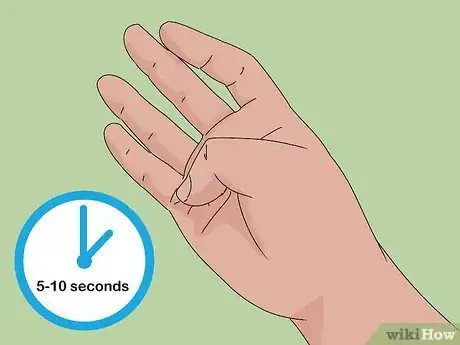
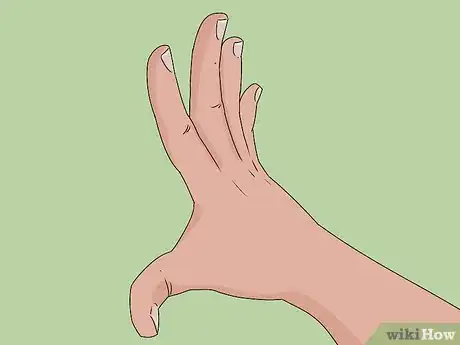
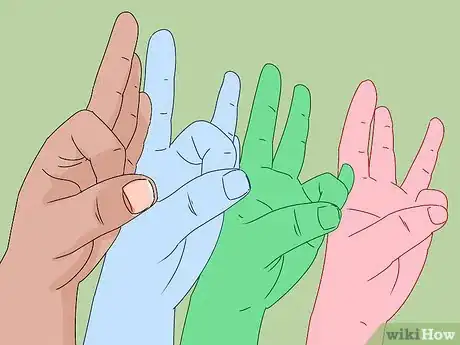
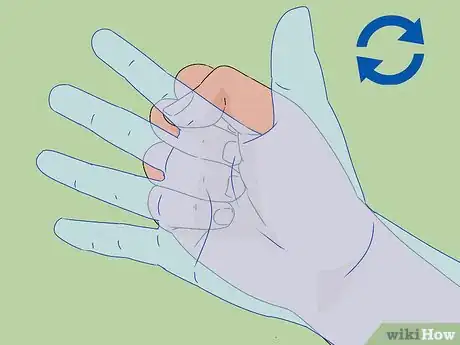
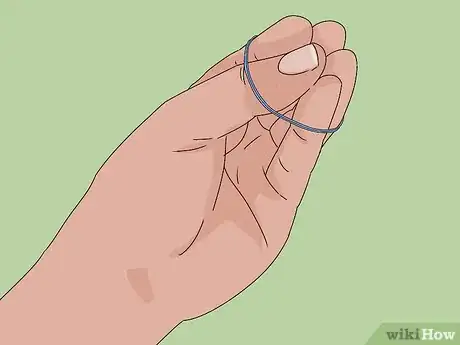
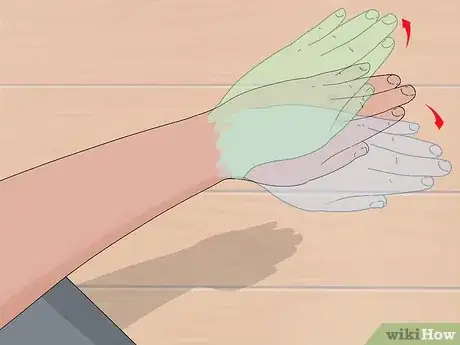
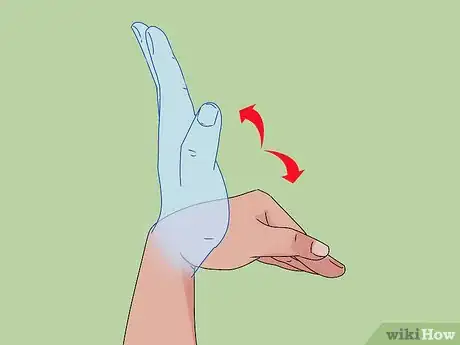
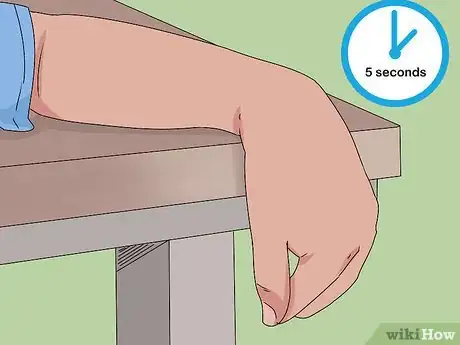
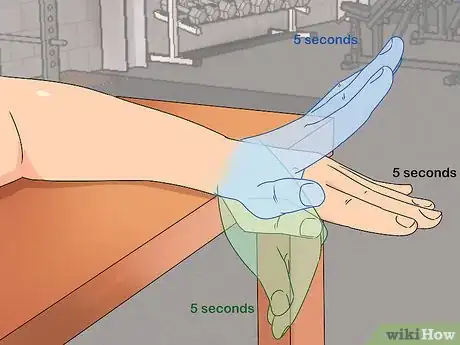
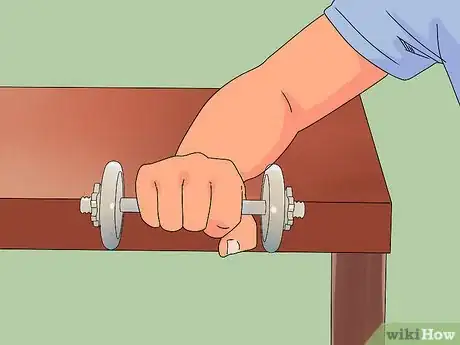


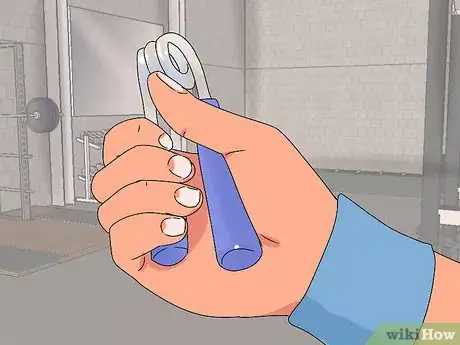
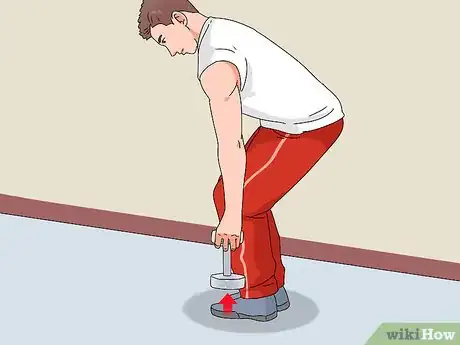
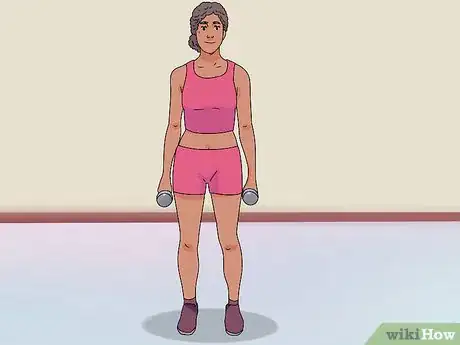

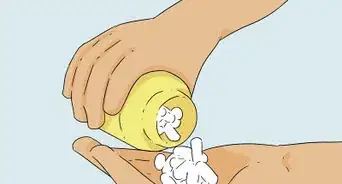


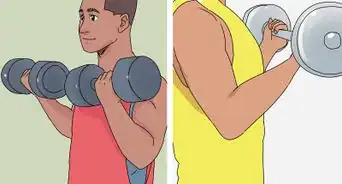

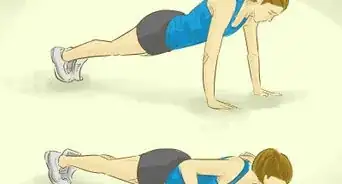
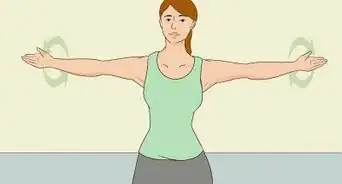
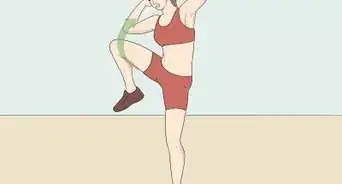
-Step-10-Version-5.webp)










